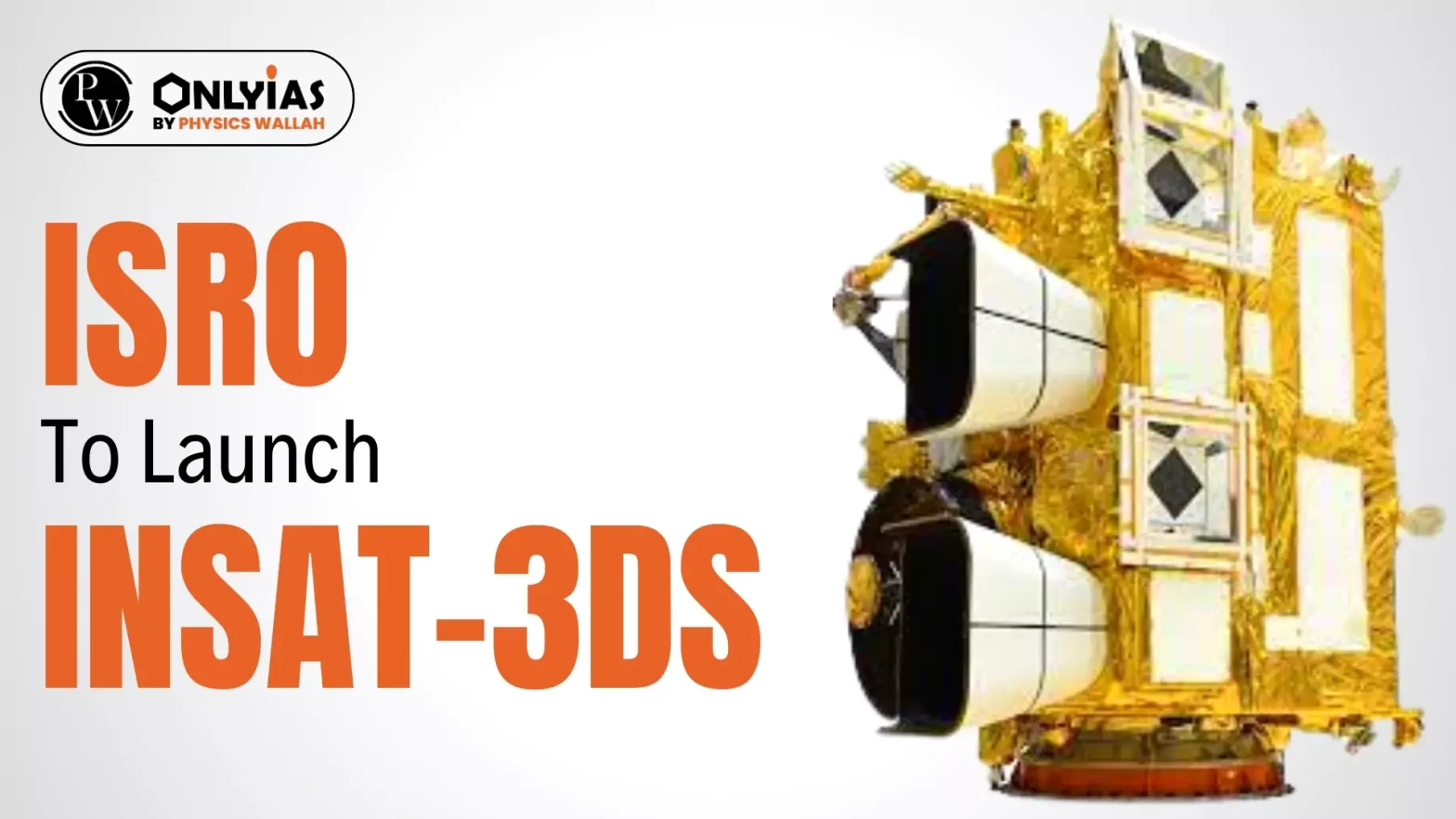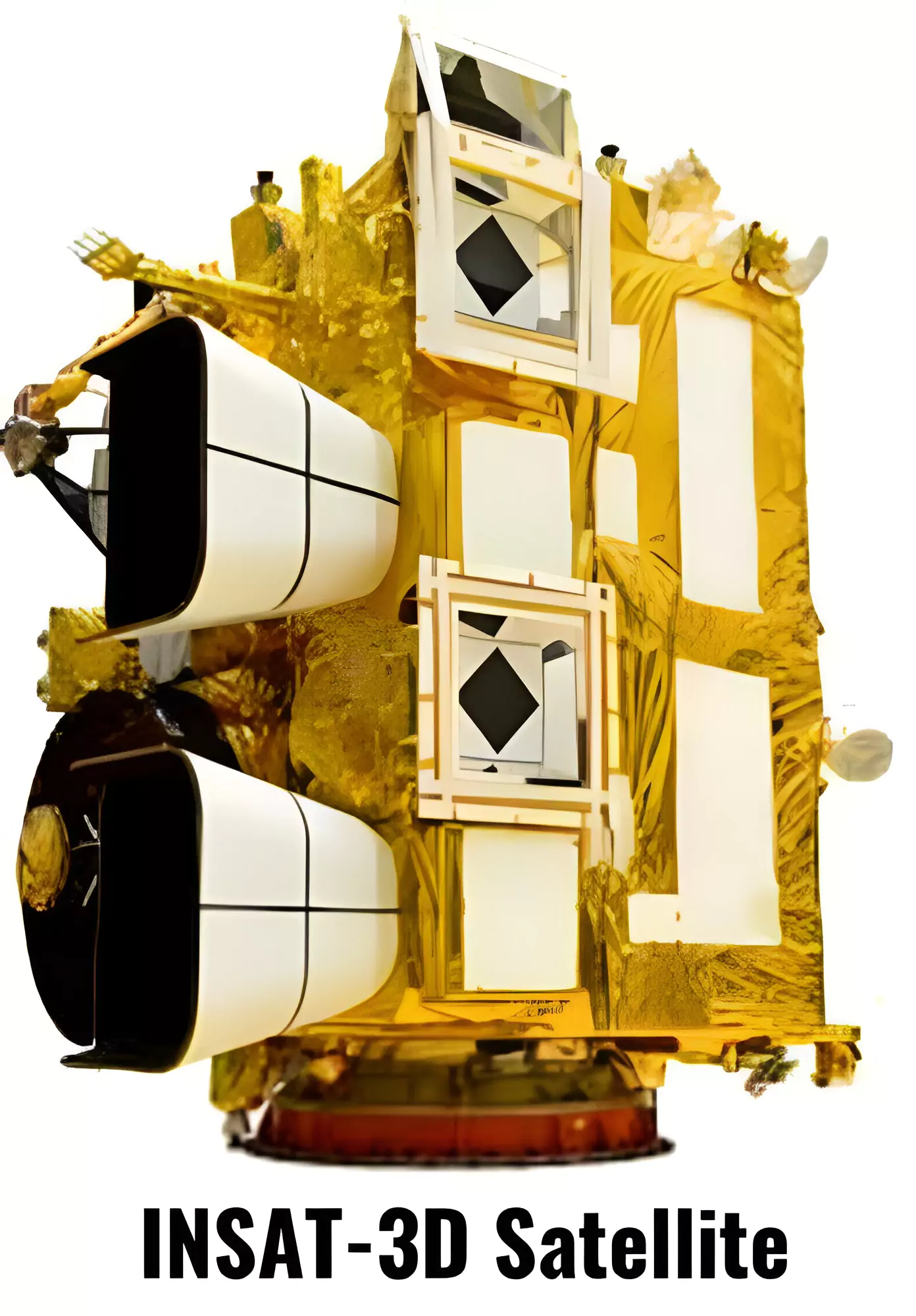![]() 15 Feb 2024
15 Feb 2024

This article is based on the news “ISRO to launch INSAT-3DS on Feb 17, will improve forecasts” which was published in the Indian Express. ISRO to launch INSAT-3DS on Feb 17 to improve forecasts. It is the third in a series of INSAT-3D satellites.
| Relevancy for Prelims: ISRO, New Targets For ISRO, ISRO Aditya L1 Mission, and ISRO’s Distress Alert Transmitter.
Relevancy for Mains: SPACE & SPACE TECHNOLOGY. |
|---|
|
|---|

Satish Dhawan Space Centre (SDSC)
|
|---|
GSLV-F14
|
Geostationary Transfer Orbit (GTO)
Geostationary Earth Orbit (GEO)
|
|---|
News Source: Indian Express
| Must Read | |
| NCERT Notes For UPSC | UPSC Daily Current Affairs |
| UPSC Blogs | UPSC Daily Editorials |
| Daily Current Affairs Quiz | Daily Main Answer Writing |
| UPSC Mains Previous Year Papers | UPSC Test Series 2024 |
<div class="new-fform">
</div>
